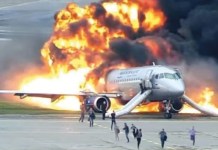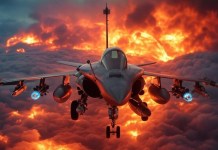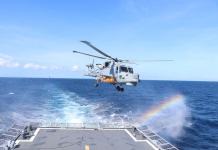The United States and the United Kingdom might have more ‘material’ from the latest downed Sukhoi Su-35 to decode and prepare tactics against Russia’s second-most advanced fighter-bomber.
US Air Force To Buy A Whopping 375 Stealth Fighters; Lockheed Martin Pins Its Fortunes On Global F-35 Sales
Rafael Missile For F-35 Stealth Jets – World’s Most ‘Sought-After’ Warplanes To Get Ice Breaker Cruise Missile
A Su-35 of the Russian Air Force (RuAF) was shot down over Nova Kakhovka in Kherson on June 20. Western scientists and aerospace engineers were also reported to study the remnants of another Su-35 that was shot down over Kharkiv in April, transporting parts of the debris to the UK’s Porton Down in Wiltshire and Nevada in the US.
But do the burnt, charred, and wholly damaged parts leave any clues to unravel the technology behind the highly capable fighter’s systems?
Videos show the plane descending upright in a ball of fire and hitting the ground, with another massive explosion engulfing it.
But the fact that scientists from the British Defence Science and Technology Laboratory (DSTL) at Porton Down were reported to gain sufficient information on the Su-35’s targeting system that was shot down on April 3 means engineers do manage to piece together something tangible on the inner workings of some high technology components.
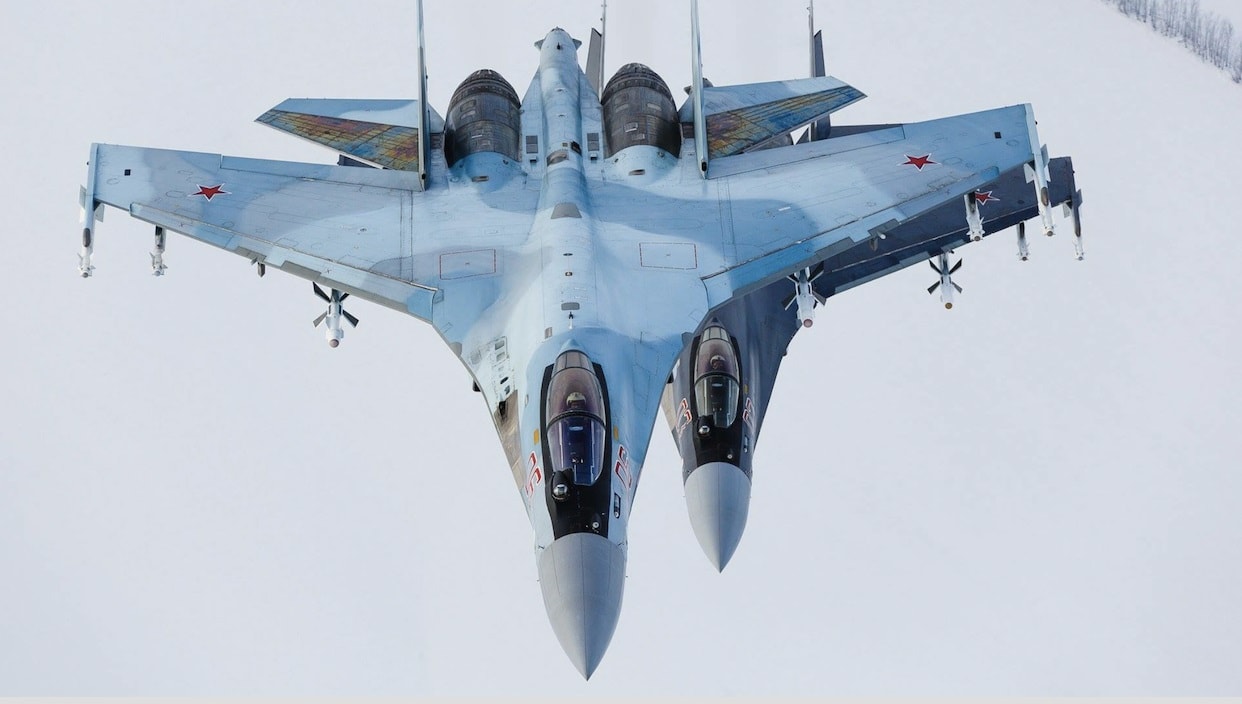
A Debris Of Clues
That jet was reported to be on a Suppression of Enemy Air Defence (SEAD) mission but became a victim of Ukrainian surface-to-air missiles (SAM).
Speaking to EurAsian Times on condition of anonymity, a former IAF S-30 fighter pilot and defense aerospace scientist from Indian DRDO suggests what components and technologies an enemy state is interested in will decide whether they would be able to retrieve and analyze a crashed jet successfully.
Most microelectronics and circuit boards inside the avionics, mission computer, Electronic Warfare (EW), radar, Flight Control System (FCS), and possibly data links completely burn out owing to their delicate built.
These have millions of lines of software code that are nearly impossible to recreate unless plugged into the manufacturer’s system.
A system like the long-range targeting system in the previous Su-35 that was shot down would see British and American scientists putting together the jet’s optical and sensor fusion capabilities. It is also likely they can glean information about Russian air-to-surface weapons and the manner and tactics of their use.
You mean like that Vatnigg Su-35 that got shot down by friendlies? pic.twitter.com/tttS7SesVG
— bayraktar enjoyer (@barbar0ssa_4) July 21, 2022
As highly advanced and experienced aerospace powers who have mastered all vital aviation technologies, US and British engineers would unlikely try to understand the airframe design secrets of the Su-35.
Ukraine uses the Su-27 on which the Su-35 is based, and being politically close to the US in its issues with Russia; it is hard not to imagine Ukrainian Air Force had already allowed American pilots access to the plane.
If not, Americans must have certainly extracted at least theoretical knowledge of how the jet flies from the Ukrainians and made an informed guess about the tactics employed by Russian pilots.
It is not to mention them having exercised with the Indian Air Force’s (IAF) own Su-30 in engagements like Cope India and Red Flag, getting well acquainted with the Sukhoi series’ maneuvering capabilities and the Russian air combat philosophy.
Neither are they likely to study and reverse engineer the Su-35’s engine, the Saturn AL-117S, being a part of the quartet of countries along with Russia and France possessing the complete self-sufficiency in the niche domain of aero engines.
On the contrary, China has struggled to reverse Russian engineer engines given their incredibly complex nature and groping with its domestic jet engine development programs.
Jet engines are an intricate amalgamation of electrical, electronic, mechanical, chemical, and metallurgical sciences with thousands of ultra-complex moving parts. Even if replicated piece by piece, it still might not perform like the original.
The copier would not be aware of the industrial processes behind each precision manufactured part, the specialized tools, machining approaches in making them, and the specific performance and tensile standard of each metal part.
Generating thousands of degrees of extreme heat, the turbines and the ‘engine core’ are made of even more complex metallurgical alloys to withstand the inferno for years. They cannot be just identified and separated.
All this is generally referred to as the ‘know why’ and is protected fiercely by aerospace giants even in transfer-of-technology (ToT) arrangements.
Only the plane’s main body can be helpful for an adversary, that too if it is a stealth aircraft, to understand its radar-evading properties.
China took away several pieces of a downed US F-117 Nighthawk that were shot down over Serbia during the 1999 NATO invasion of Yugoslavia. The technology was employed in its Chengdu J-20 Gen. 5 stealth fighter. The Su-35 is no stealth fighter but a pure air-superiority dogfighter with formidable multi-role capability.
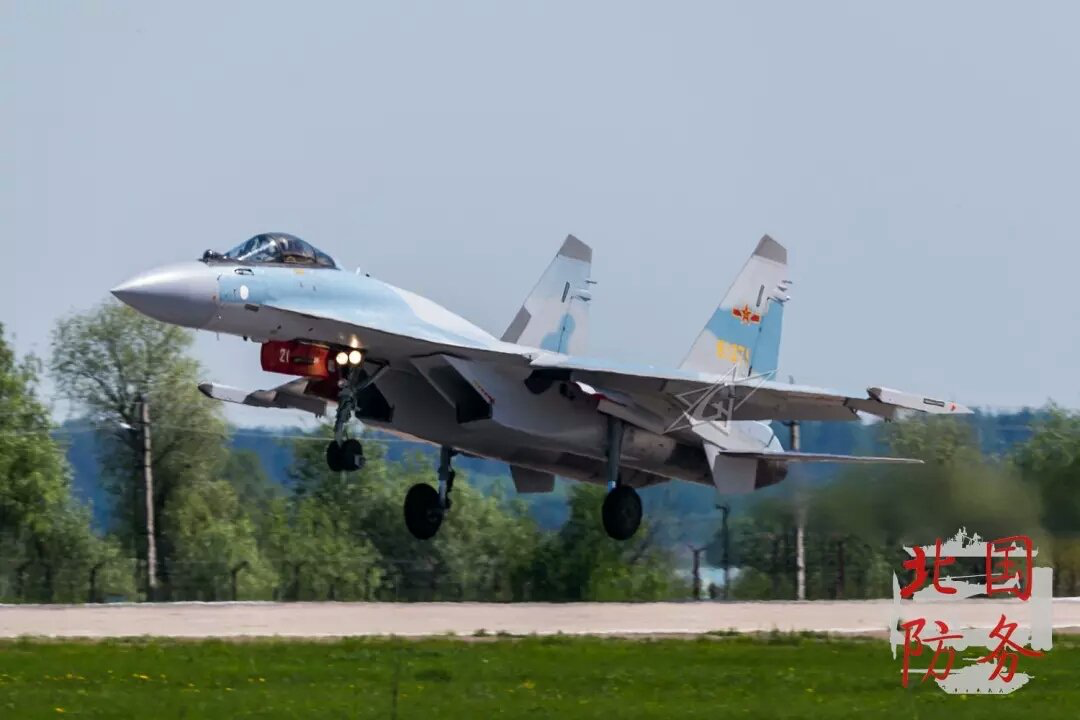
Blow to Russia & China?
With tensions rising between China and the US over Taiwan and Russia preparing for a future clash with NATO/US/Europe after the latter continues a hardline on Russia, the release of the jet’s technologies will undoubtedly come as a massive tactical blow to both the Russian Aerospace Forces (VKS) and the People’s Liberation Army Air Force (PLAAF).
The PLAAF too uses 24 Su-35S (NATO reporting name Flanker E), deliveries of which were completed by April 2019.
However, it is unlikely to amount to anything more than a tactical advantage that would not have any bearing on the strategic outcome of the war.
In Ukraine, Western experts have observed Russia as not having brought its full military capability to bear.
Mindful that Europe and the US were watching how it fought, Russia deliberately resorted to a ‘long war’ and achieved its goals in a slow, incremental fashion spread out over several months.
Going for a quick, decisive victory would have revealed its military playbook. It will only take a clash between NATO and Russia to reveal whether British and American scientists found anything worthwhile on the Su-35S.
- The author can be reached at satamp@gmail.com
- Follow EurAsian Times on Google News

